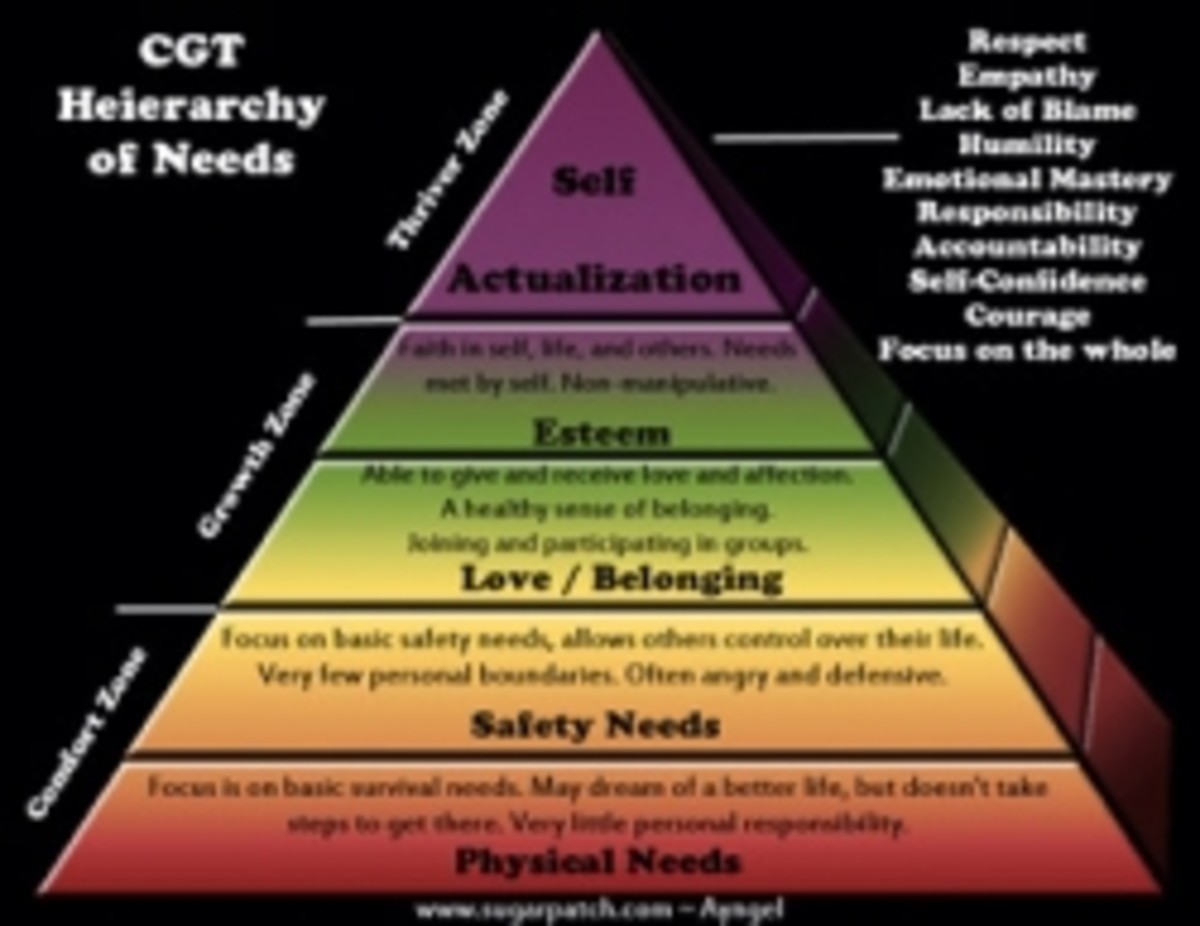How to Help a Stressed Out Kid

Response Particulars to a Stress Disordered Child
Often, in the treatment of children with diagnosed stress disorders, the treatment approach of the adult (what the adult does, and how the adult responds) is counter-intuitive to how we might ordinarily respond to an acting out child.
The following response particulars will be presented this way: the behavior the child is engaging in, the adult response , and then the reason for that response.
Building stress: Once we become aware that a child is stressed ,we need to respond appropriately. If we do not, the child will likely escalate in their behaviors. Most adults can spot when a child is becoming stressed out. Generally, the child with stress disorder will have much more subtle signs over a longer period of time. Adults may need to become much more observant of children who have diagnosed stress disorders. One way to understand the stressed child is to think of a glass of water: we all have some stress in our “glass”. A child with stress disorder has a glass that is nearly always full. When enough stress is collected, the glass will overflow with symptoms (behaviors). If signs of stress are spotted early and responded to properly, there can be very good results in treatment.
Cues and triggers: Adults in contact with a child who has a stress disorder diagnosis need to learn about and become sensitive to the child’s cue and trigger behaviors. These can be very dramatic, or they can be very subtle and hard to see. If adults do not attend to this important and basic aspect of the child’s treatment, the child’s healing will be delayed, or even halted entirely.
A stressed child’s behaviors come out of cues and triggers. A cue is something in the child’s environment that reminds them (often unconsciously) of something related to their trauma event that triggers a stress reaction. A cue can be an item, a smell, a taste, a noise, a tone of voice, a physical gesture, or even just a thought. There can be hundreds of cues for someone with a stress disorder, and other people can not do much about avoiding them. Sometimes, a particular few cues and known triggers are revealed, and then these can be avoided, especially by those adults treating the child. Cue and trigger behaviors for a child may include such things as increased distractibility, finger nail chewing, glassy eyed stare, apparent ignoring of adults or peers, combativeness, or physical intrusions. Many other cue and trigger behaviors follow below.
Stress Break: Constructing a routine “stress break” for the child can be very effective in heading off full blown stress episodes. It also supports the treatment objective of helping the child to recognize their own stress levels and learning how to self calm. The break can be as simple as allowing or directing the child to engage in a behavior that is known to be calming to them. This could be cuddling a stuffed animal, listening to music, reading a story book, doing prescribed breathing exercises, or playing with a toy. In the classroom, a “secret signal” can be arranged between the adult and the child, so that the child may access (or the teacher direct) a stress break quickly, with little distraction in the classroom. Many adults feel that such breaks are indulgent to the child. They see the acting out behaviors in the context of either defiance or a spoiled child. Nothing could be further from the child’s reality. These adults are not understanding the intensity and anguish of internal distress that the child is undergoing. Essentially, when a child has been cued and triggered into a stress episode, their bodies and minds are reacting the same exact way that they did when their original trauma was taking place (read: flood, earthquake, fire, rape, physical abuse, sexual abuse, food deprivation). Once this is understood, any adult should be able to be compassionate and begin to follow a treatment plan that is designed to help the child avoid escalations of this highly painful state.
Response Particulars to a Stress Disordered Child
Defiance or general acting out: Use a normal voice tone devoid of pressure and inflection. Try to keep your voice as neutral as possible, but firm. Make your directive brief and to the point. You may repeat the directive once more, but do not keep repeating or elaborating. You may choose to direct the child to take a “stress break.” Following your initial presentation, turn away from the child and give them opportunity to self calm, or comply with directive to take a stress break. (See
“stress break”). You are trying to avoid adding any extra stress or pressure to the child than is absolutely necessary. Most adults add more pressure by raising their voices or making threats to get an oppositional child to respond. With stress disordered children, this only increases their resistance to us, and will likely trigger a full blown stress episode.
Tears, pouting, crying: First, use all of the suggestions above. Try not to react to the tears , pouting, or crying. Treat the upset with matter of fact recognition of their distress. (“I can see that you are upset”). You might offer a choice to the child, and identify the choice that you think is the better one. If the child is expressing tears in an over reaction, you may also say to the effect: “There is no reason to be crying right now….(give directive).” Do not over elaborate or engage in debate with the child. Turn away from the child and allow them time to either self calm or take a stress break. You are trying to communicate to the child that while you can see that they are distressed, they need to follow your directions Your calm voice and low intensity approach tell them that your directions are not threatening to them. If you would raise your voice or intensity, the child will likely trigger to a full blown stress reaction. Children with stress disorder are easily cued and triggered by adults who react to the child in ways the child is anticipating. When we react to the child in ways that (perhaps a perpetrator) did, the child will escalate.
Demanding, hostile, nasty, oppositional: Use all of the responses that appear in “defiance or general acting out.” Using a neutral, non-intense tone of voice, give an immediate directive for a “time out”. It is important that this “time out” be immediate, and not “later”. It is also important that this “time out” be clearly different from a “stress break”. This can be done by making the “time out” a particular chair or place (never the bedroom, or out of an adult’s sight). You may also call the “time out” place something like “the naughty chair”. When giving your directive to go to time out, be very careful about physically approaching the child; do not make sudden gestures, keep proximity reasonably distant. If you approach, approach slowly. It is important to keep your voice tone normal, because if you raise it, you may trigger a larger reaction. Adults do not have to yell or threaten to be effective in being firm! Once again, we need to respond to the child in a manner that is different than what they may have experienced in the past. A stressed child needs to have immediate penalties for misbehavior because one of the symptoms that they may have is a poor memory. This is an effect of the trauma they have experienced. If we wait until later (as in, “no recess for you today“), they will simply experience the later penalty as cruelty. They may also trigger into a stress reaction when recess time comes around.
When the child balks at a directive or given task: By now, you should have the “neutral, firm tone of voice” idea firmly in mind! Remember to avoid debating with the child. Give a choice when appropriate, and encourage that the child “make a good choice”. Give your directive, and repeat it once if needed. Give advisement about the consequence of not following the directive or completing the task. Then, turn away and give the child time to self calm or take a stress break. Follow up within five to ten minutes by repeating the directive. If the child continues to refuse, apply the (immediate) consequence. When a child with stress disorder has a negative behavior, it does not always mean that it is stress related, but it could be. That is why you use the same basic “neutral firm tone” when approaching them. Many adults begin to anticipate that each time a stress disordered child is upset, the child will escalate. In anticipation of this, the adult behavior and approach may change subtlety, become more anxious of a bigger upset. It is important to note that the adult’s anxiety and stress can actually trigger the child !
Response Particulars to a Stress Disordered Child
Poor attention and lack of focus, and rushing: Again use your neutral, firm tone of voice to give directives to refocus or slow down. This directive can be repeated, but take a closer look at the child following the second prompt. If the inattention and focus problem continues, prompt the child to take a stress break. Children with stress disorders are often labeled “attention deficit-hyperactive” when they are not. When a child is highly stressed (just like you or me), their attention and focus suffer. Their activity may become scattered and disorganized. Rushing through tasks, such as schoolwork or chores, is very common. This rushing is a form of “flight”. These signs are a clear sign of building stress towards a full blown stress episode. If adults do not take note of this and provide needed support, there will likely be acting out behavior in the near future.
Bossy or tattling: Using your neutral, firm tone, remind the child that being the boss or tattling is not their job. If they repeat the behavior, make your statement again, but this time with an advisement about an upcoming consequence (“time out“). Children who are stress disordered have had one or more traumatic events in their lives that they had absolutely no control over. Thus, control becomes an important issue to them. Many children become very bossy, or tattle, or become rigid in the way they want something done (how their sandwich is cut, for example). When they do not feel that they have any control, they may escalate because the situation (lack of control) reminds them of when something bad happened. Whenever possible and appropriate, it is good to give choices to a stress disordered child. It is also very wise to be sure that they know upcoming events and situational changes. When these children are surprised, it can trigger feelings of loss of control, and then acting out behavior.
Helpless/hopeless: This is a situation where you can abandon your “neutral, firm tone”! Now is the time for positive, upbeat, and encouraging directives. State your confidence in the child, cite their strengths, give compliments, then move on. Give the child added encouragement when they begin to demonstrate work and success. Stress disordered children can get very discouraged and tired of their constant, roller coaster feelings of stress. Imagine having the feeling you get at the top of the first hill on a roller coaster two or three dozen times a day! These children often need extra nurturing and encouragement, and this is not indulgent to the child. In some cases, the child may have been very deprived of this kind of support in their past. In any case, a child is a child: they need adult nurturing reassurances, and encouragement.
- Resources for Healers and Caregivers of Children
Author's professional website.




